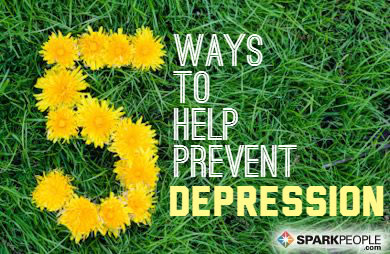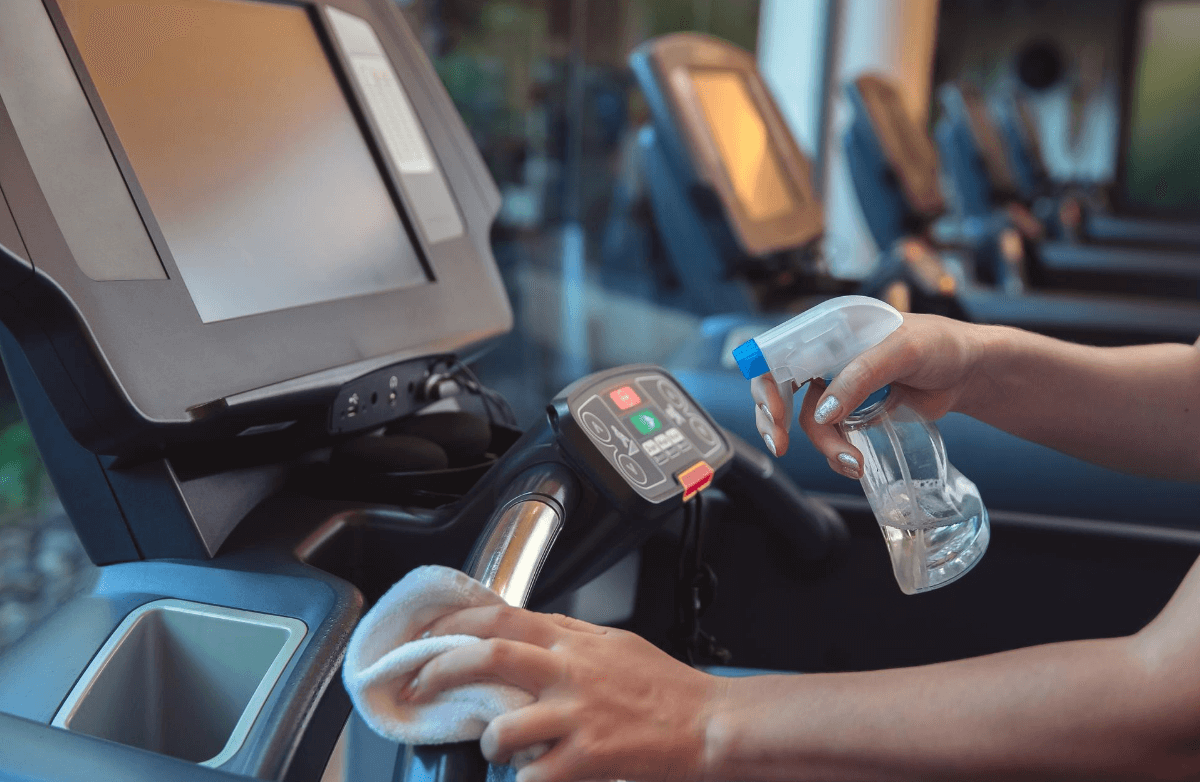By TONKA14,
SparkPeople Blogger
1/12/2009
Trying to create new eating habits can be overwhelming. Making changes in your shopping, menu selection and cooking habits all at once causes many people to give up before they ever establish new routines. Instead, make this the year you make a few permanent changes that quickly feel normal and part of your regular daily routines. Here are my top four strategies to help you succeed.
- Eat breakfast every day - As the old saying goes, breakfast IS the most important meal of the day. During the night, your metabolism shifts into a lower gear to conserve the energy it has on board and needs to run the body (beating of the heart, circulation, nerve impulses, respiration, etc) while you sleep. By supplying energy and nutrients shortly after you rise in the morning, you tell your body to wake up from conservation mode and shift back to normal. When people wait hours to do this by not eating, their bodies slow down even more, because they are walking around and asking their bodies to do more with no additional fuel.
If you are someone who says you don't eat breakfast because you are not hungry, you are exactly the person who should eat as soon as possible after waking. Your body has learned not to expect fuel so it doesn't even bother signaling you with hunger any more. Instead, your body expects to continue to function with no additional fuel and readily shifts to a lower and slower metabolic gear. When you do eat, your body stores the fuel it receives for the future instead of using it. Not eating breakfast has taught your body to store energy in fat reserves instead of using it efficiently.
If you start eating breakfast within an hour of waking, soon you will not be able to start your day without fueling your body first. It will take about two to three weeks of consistently eating first thing in the morning for your body to begin sending hunger cues again. After a couple of months, the breakfast habit will be effectively established and you will feel like you are starving if you run short on time and don't eat one morning because your body is now using the fuel it gets instead of storing it and your metabolic gear has shifted as well. It doesn't have to be a large breakfast but it should include a fruit and/or vegetable, grain (whole grain if possible) and a protein source. Here are some healthy and quick breakfast ideas to help you get started.
- Include a source of protein at each meal and snack - Proteins provide your body with the building blocks necessary for growth, repair and maintenance of body cells and tissues. Proteins also help keep blood glucose levels stable after meals and snacks. This happens because proteins reduce the peak and trough effect of glucose and insulin. When you eat a meal or snack that consists mostly of carbohydrates, the sugar in the blood increases. This happens whether the sugar comes from natural sources such as fruit or sugary snacks like candy. The increased blood sugar peaks shortly after you complete your meal or snack. The peak triggers rapid release of insulin into the blood stream. Shortly after the release of insulin a trough occurs because blood sugar levels fall rapidly because more insulin was release than was needed due to the rapid release. With more insulin in the blood stream, the body experiences a period of hypoglycemia or low blood sugar which leads many people to feel hungry. Some people even break out into a slight sweat and feel extremely lethargic or light headed. The body seeks quick sugar to recover from the hypoglycemia and signals the brain. This response causes many of us to instinctively seek sweets like soda or candy to feel better quickly. Many of us get into this peak and trough cycle regularly and probably don't even realize it.
You can minimize this natural peak and trough response by eating meals and snacks that include a balance of proteins and carbohydrates. The protein is digested slower than the carbohydrates which allows insulin to be released at a slower, more even rate. This one little change can make a big difference in how you feel several hours after a meal or snack. So instead of having just an apple for your 3 PM snack, next time also include a handful of almonds or 2 tablespoons of natural peanut butter as well. This small change will likely help make it much easier to avoid snacking while driving home from work or while preparing dinner.
- Little changes add up - Don't underestimate the benefit of making small changes throughout the day. Many small little changes can add up to a savings of several hundred calories in a day. If you used one less creamer in your coffee you would save only 15 calories. If you had your salad dressing on the side and dipped your fork tines before each bite, you could save an additional 45 calories. Instead of your typical 2% cup of milk for lunch, you could cut another 30 calories by drinking skim milk instead. Since you had a protein with your apple you probably won't crave a soda for your drive home, which will save you another 100 calories. Those small changes would save you 190 calories in one day. Extend those same small changes over the week and you save 1,330 calories with very little effort and no need for dietary restrictions. Look for the small but easy things to change and celebrate the small steps you are making toward your success. Here are 50 easy ways to cut 100 calories to help you get started evaluating where you can make small changes.
- Drink water throughout the day, every day - Whether you drink 6 cups or 8 cups of water a day is not near as important as whether or not you drink water period. The human brain is about 85% water, our bones are between 10%-15% water and the rest of our body ranges from 60%-65% water. Water is important in the body to assist with fat burning, maintaining skin health, aiding in digestion, elimination and maintaining fluid status. Many of us don't drink as much free water as our bodies need. In response, the body has to extract the water it needs to function from the foods and fluids we consume. Although the body has the natural processes to accomplish this, it is an inefficient way to get the water the body needs and takes energy away from other more necessary body functions. By replacing diet drinks or cups of coffee and tea with plain water throughout the day, you provide your body with the water it needs to stay well hydrated so it can run most efficiently.
Monitoring your urine color is a great way to know if you are adequately hydrated. If you only need to use the restroom a couple times a day and the urine color is dark yellow and has a strong ammonia smell, you are dehydrated and need to drink more water. The urine of well hydrated people is nearly clear and easily remains that way when waste is flushed out frequently throughout the day. The goal is to drink 8 cups of water a day, more on the days you exercise. If that level is overwhelming to start, aim for 4-5 cups a day and work up from there. You have the whole year to reach the goal of 8 cups a day. Taking it slow will help you make drinking water a daily habit for a lifetime.
Use these four strategies to help you get started with healthy eating success in 2009.
Did you learn anything new and useful from this blog? Share the top tips that have brought you success. Others will appreciate the benefit of your experience.
|
|















